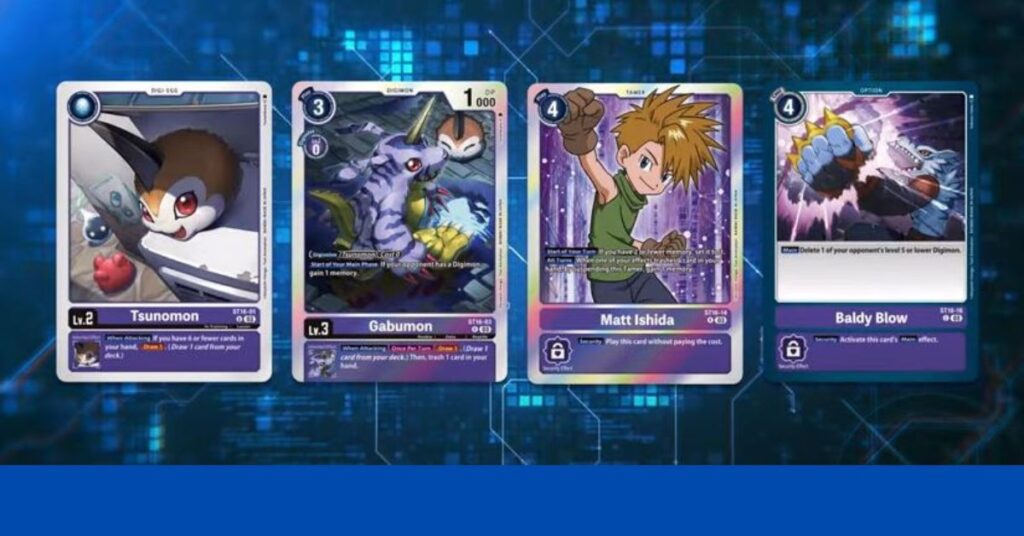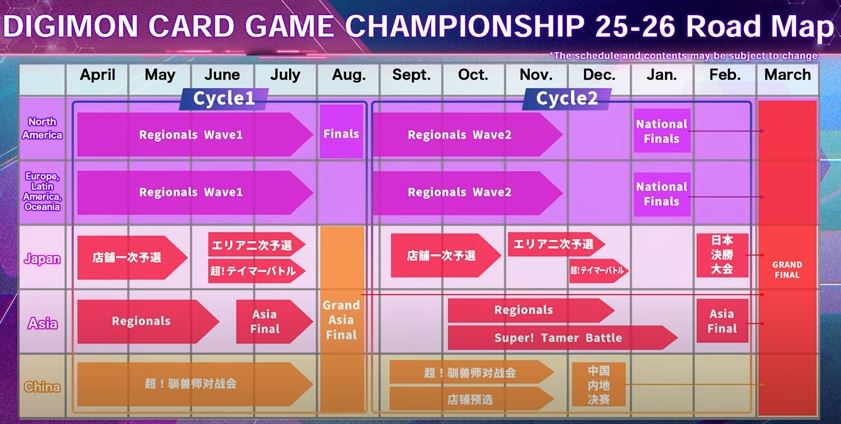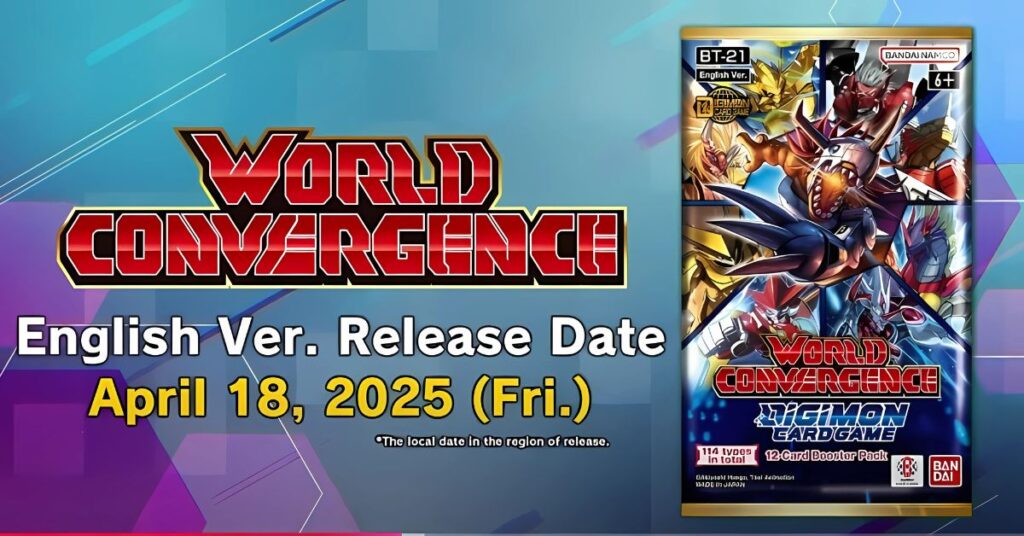The Digimon Card Game is a competitive trading card game that has garnered attention for its engaging mechanics and connection to the beloved Digimon franchise. This blog post will provide an in-depth look at the game, including its rules, gameplay mechanics, and what makes it appealing to both new and seasoned players.
What is the Digimon Card Game?
The Digimon Card Game has gained a lot of traction since its inception, drawing in fans of the franchise and card game enthusiasts alike. This guide will cover everything you need to know to get started, from card types to game setup, and strategies for winning. Whether you’re a beginner or looking to refine your skills, this guide has you covered.
Understanding Card Types
In the Digimon Card Game, there are four main types of cards, each serving a unique role:

- Digi Egg Cards: These cards are crucial for digivolution and breeding your Digimon. They serve as the starting point for every digital monster.
- Digimon Cards: These are your main battle cards. They are essential for engaging in combat and executing strategies against your opponent.
- Tamer Cards: These cards provide support for your Digimon in the battle area, enhancing their abilities and aiding in various strategies.
- Option Cards: These are single-use cards that can activate effects to aid your strategy, often changing the tide of battle.
Deck Building Rules
Deck building is a key part of the game, and understanding the rules is essential for creating a competitive deck:
- Your main deck must contain exactly 50 cards, which can include Digimon cards, Tamer cards, and Option cards.
- The Digi Egg deck can have between zero and five Digi Egg cards.
- You can include up to four copies of a card with the same card number in either deck.
Winning Conditions
To secure a victory in the Digimon Card Game, you must accomplish two key objectives:
- Reduce your opponent’s security stack to zero cards.
- Make a direct attack on your opponent’s life points.
Setting Up the Game
Proper setup is critical for a smooth game experience. Here’s how to set up:
- Both players shuffle their main deck and Digi Egg deck, placing them in their respective areas.
- Determine which player goes first, often through a quick game of Rock Paper Scissors.
- Draw five cards for your hand. If you’re not satisfied, you can perform a Mulligan, returning your entire hand to the deck, shuffling, and drawing five new cards.
- Next, take five cards from the top of your deck, keeping them face down to form your security stack.
- Finally, set your memory gauge to zero, and you’re ready to start!
Gameplay Phases
The game consists of several phases that dictate the flow of play. Understanding each phase will help you strategize effectively:
Unsuspend Phase
This phase occurs at the beginning of each player’s turn. During this phase, all suspended cards in your battle area are unsuspended, allowing them to attack or block.
Draw Phase
In this phase, the active player draws one card from the top of their deck. Note that the first player does not draw a card during their first turn.
Breeding Phase
During this phase, you can either:
- Flip over the top card of your Digi Egg deck and place it in your breeding area to hatch a Digi Egg.
- Move a Digimon from your breeding area to the battle area.
You can only perform one of these actions per turn.
Main Phase
The main phase is where the bulk of the action occurs. You can perform various actions in any order, including:
- Playing a Digimon
- Digivolving a Digimon
- Playing a Tamer
- Using an Option card
- Attacking
- Using a main effect
Playing a Digimon
To play a Digimon Card Game, you take a card from your hand and place it into the battle area, unsuspended. You must pay the cost indicated on the upper left of the card using the memory gauge.
Digivolving a Digimon
Digivolving involves placing a Digimon card from your hand on top of a Digimon in your battle area or breeding area. This action also requires you to move the memory gauge toward your opponent’s side based on the digivolution cost.
Playing a Tamer
Playing a Tamer card involves placing it in the battle area unsuspended and paying the associated cost. Remember, Tamer cards cannot attack or block.
Using an Option Card
To use an Option card, you must pay the cost and have a Digimon or Tamer in your breeding or battle area that matches the color of the Option card. Once used, the Option card goes to your trash.
Attack Phase
When attacking, you can target either your opponent’s suspended Digimon or their player. Note that you cannot attack an opponent’s unsuspended Digimon directly.
If your attacking Digimon has a “when attacking” effect, you can activate it by trashing one card from your hand.
Counter Timing and Block Timing
After activating all “when attacking” effects, counter timing occurs, allowing your opponent to activate any counter effects they may have. Block timing allows a Digimon with a blocker effect to defend against an opponent’s attack.
Battles with Opponent’s Digimon
When your opponent’s Digimon attacks or blocks, a battle ensues. The Digimon with the higher DP (Digimon Power) wins, while the losing Digimon is deleted and placed in the trash. If both Digimon have the same DP, they both are deleted.
Security Checks
When attacking an opponent directly, if they have security cards, one card from their security stack is flipped over. If it’s a Digimon, it becomes a security Digimon, and a battle occurs.
Ace Digimon Cards
Ace Digimon cards are special due to their low play costs and powerful abilities. They often have effects that activate upon certain conditions, making them valuable assets in your strategy.
End of the Turn
At the end of your turn, if the memory gauge reaches one or more on your opponent’s side, your turn ends. If you cannot perform any actions, you can pass the turn to your opponent.
Mastering the Digimon Card Game requires understanding its unique mechanics and strategic gameplay. By familiarizing yourself with the rules, card types, and phases, you’ll be well on your way to becoming a formidable player.
DIGIMON CARD GAME Global Unification
The world of the Digimon Card Game is about to undergo a significant transformation. As of April 2025, the game will experience a global unification, allowing players from all over the world to engage with the game simultaneously. This blog will delve into the exciting developments, product releases, and events that players can look forward to in this new era of the Digimon Card Game.
Introduction to Global Unification
Starting in April 2025, the Digimon Card Game will unify its operational and sales strategies globally. This move is a culmination of efforts that began in 2020, with the game’s introduction in various languages and countries. The producers are keen on ensuring that players worldwide can enjoy the same content at the same time, enhancing the overall gaming experience.
Product Release Schedule for 2025
One of the most awaited aspects of the global unification is the product release schedule. The first wave of products will launch in April 2025, featuring:
- Two starter decks
- Four booster packs
- Three extra booster packs
- Starter deck sleeves
Additional products are in the pipeline, aimed at delighting fans and expanding the game’s offerings. The producers encourage players to stay tuned for more exciting announcements on the official website.
Highlights of Booster Pack 21
Booster Pack 21, titled “World Convergence,” is particularly noteworthy. The concept revolves around the rich history of the Digimon Adventure anime series, bringing together beloved characters and their partner Digimon. Key features of this booster pack include:
- The inclusion of special design cards featuring fan-favorite characters.
- New illustrations from various artists, ensuring a fresh visual appeal.
- Cards that enhance decks from previous anime series, allowing for unique combinations in gameplay.
Moreover, the introduction of the “Appmon” from the Digimon Universe marks a significant addition to the game, expanding its diversity and strategic possibilities.
Special Events and Promotions
To celebrate the release of the new starter decks and booster packs, special promotional events will take place. These include:
- Beginner events designed to welcome new players into the community.
- Promotions encouraging players to bring friends who are new to the game, fostering a sense of community and expansion.
Details regarding these events will be available on the official website, so players should keep an eye out for updates.
Championship Roadmap for 2025
The championship roadmap for 2025 promises an exciting competitive scene. The plan includes:

- Finals held in North America during the summer.
- Inclusion of Asian regions in the championship cycle, uniting players from different backgrounds.
- The Ultimate Cup, previously exclusive to English-speaking regions, will be expanded to a global audience.
This unified approach aims to provide players with more opportunities to compete at higher levels and connect with a broader community.
Box Promotions and Special Cards
Players can look forward to exclusive box promotions that will feature newly designed cards chosen by the community. Six Digimon will be highlighted, each with custom illustrations from various artists. This initiative allows fans to engage in the creative process and ensures that the products resonate with the player base.
Illustrator Signatures and Special Cards
In an exciting twist, Booster Pack 21 will include signed cards from seven talented illustrators. These cards will feature iconic Digimon and are sure to be highly sought after by collectors. The illustrators involved include:
- Saori, known for her work on Zephyrgammon.
- Nakano Hato, famous for Grace Nova.
- Amaria, who illustrated WarGreymon X.
- Naoto Morishita, renowned for Agumon.
- Tokaji, the artist behind Radamon.
- Tori, who illustrated Titanmon.
- Miyata, known for Beelzebumon: Blast Mode.
This initiative not only adds value to the cards but also increases the connection between players and artists.
Final Thoughts from the Producers
As the global unification approaches, the producers have shared their excitement and commitment to creating an enjoyable experience for all players. They assure fans that the development team is dedicated to producing high-quality products and events that cater to the interests of the community.
In conclusion, the Digimon Card Game is entering an exciting new phase with the global unification set for April 2025. With a robust release schedule, engaging events, and a commitment to community involvement, players can look forward to a more connected and enriching gaming experience. Stay tuned for more updates and prepare for the new adventures that await!
Digimon Card Game: Main FAQs
What is the Digimon Card Game?
The Digimon Card Game is a competitive trading card game where players battle using decks built around Digimon characters. Players aim to reduce their opponent’s security cards to zero while managing resources and evolving their Digimon into stronger forms.
What do I need to start playing?
You need:
A 50-card main deck
A Digi-Egg Deck (1-5 cards)
A Memory Gauge for tracking resources
How does a typical game turn work?
A turn consists of five phases:
Unsuspend Phase: Suspended cards become unsuspended
Draw Phase: Draw one card (except first player’s first turn)
Breeding Phase: Play Digi-Egg cards or move Digimon
Main Phase: Play cards and conduct attacks
End Phase: Conclude turn and pass to opponent
What’s happening with the Global Unification in 2025?
Starting April 2025, the game will undergo global unification with:
Simultaneous worldwide product releases
Two new starter decks
Four booster packs
Three extra booster packs
Global championship events
What’s special about Booster Pack 21?
Booster Pack 21 “World Convergence” will feature:
Special design cards from Digimon Adventure anime
New illustrations from various artists
Introduction of “Appmon” from Digimon Universe
Signed cards from seven illustrators
How can new players get involved?
New players can:
Participate in beginner events
Access official rule manuals and teaching apps
Join local tournaments
Engage with the online community
Look forward to special promotional events in 2025
What are the key strategies in the Digimon Card Game?
Success relies on:
Effective deck building
Managing the Memory Gauge
Using Digivolution mechanics
Combining Tamer and Option cards
Understanding security card mechanics
What do I need to build a legal deck?
A main deck with exactly 50 cards (Digimon, Tamer, and Option cards)
A Digi-Egg deck (0-5 cards)
Maximum of 4 copies of any card with the same card number
Memory Gauge for tracking resources
What are the main types of cards in the Digimon Card Game?
Digi-Egg Cards: Starting point for digivolution and breeding
Digimon Cards: Main battle cards used for combat
Tamer Cards: Support cards that enhance Digimon abilities
Option Cards: Single-use effect cards that can change battle outcomes
How do you win the Digimon Card Game?
You must:
Reduce your opponent’s security stack to zero cards
Successfully make a direct attack on your opponent’s life points
What are the main phases of gameplay?
Unsuspend Phase: Unsuspend all suspended cards
Draw Phase: Draw one card (except first player’s first turn)
Breeding Phase: Hatch eggs or move Digimon from breeding area
Main Phase: Play cards, digivolve, attack, use effects
End Phase: Turn ends if memory gauge reaches opponent’s side
How do battles work?
Digimon with higher DP (Digimon Power) wins
Losing Digimon is deleted and goes to trash
If DPs are equal, both Digimon are deleted
Security checks occur when attacking directly
Counter timing and block timing allow for defensive plays
How do I start a game?
Shuffle both decks
Decide first player
Draw 5 cards (can mulligan once)
Set up 5 security cards face down
Set memory gauge to zero
Begin with first player’s turn






